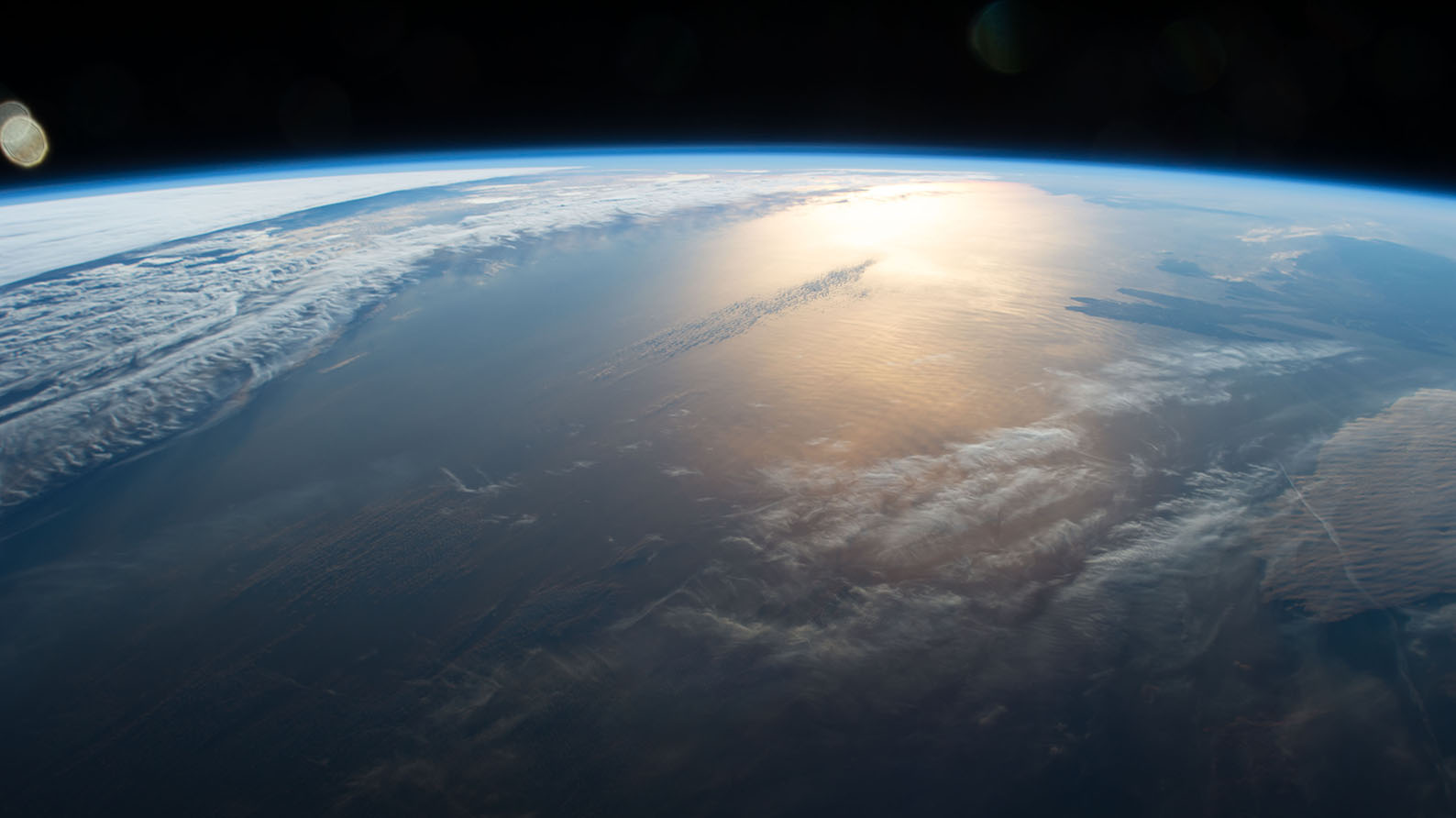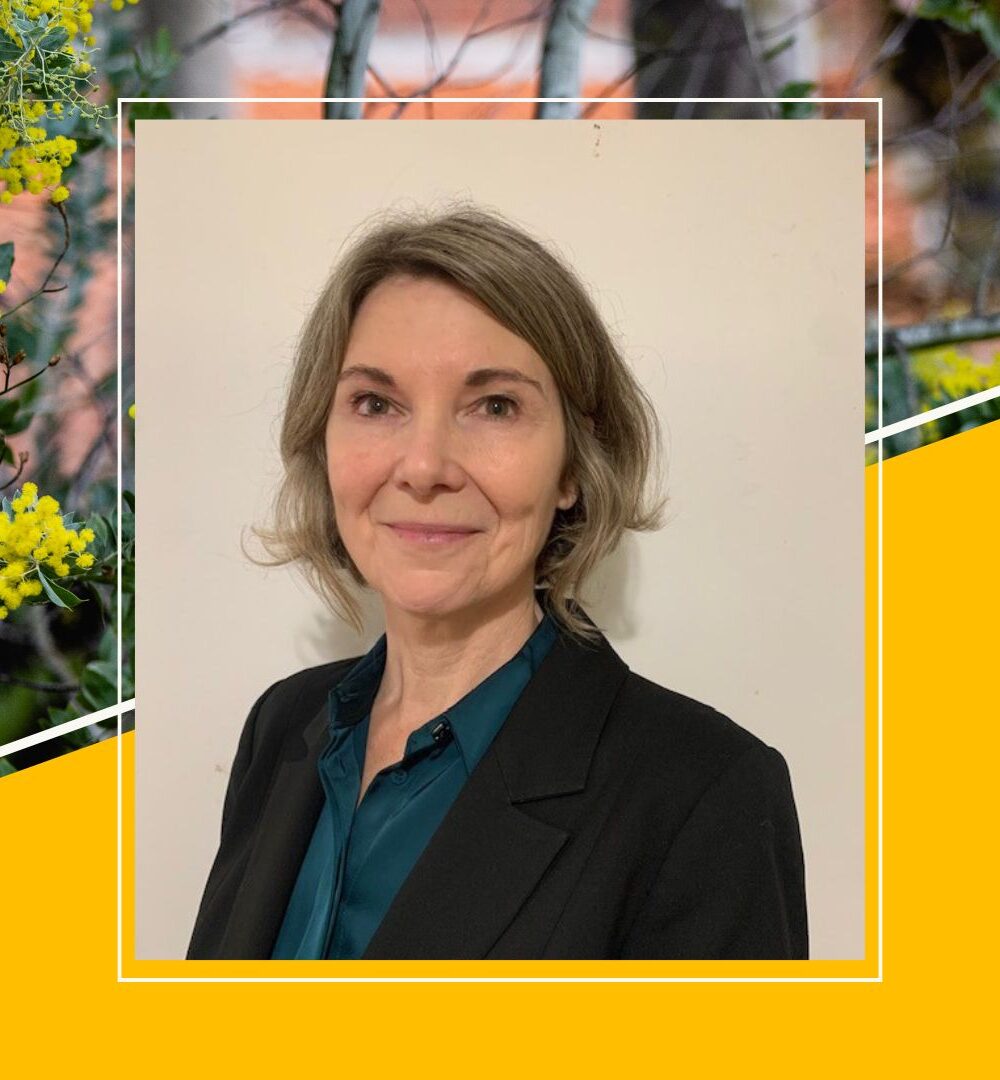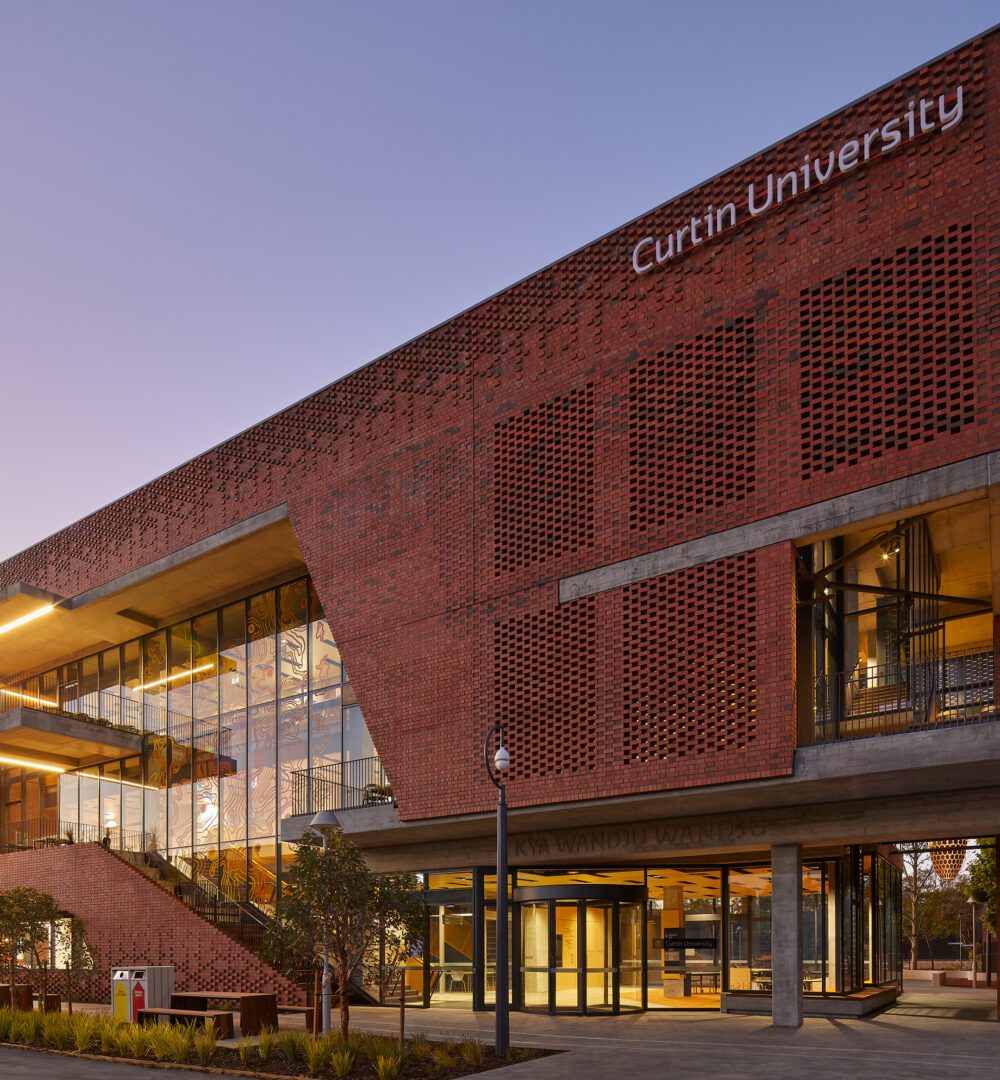Study finds effect of Earth’s orbit around the sun on ancient microorganisms

Curtin University researchers studying molecular fossils or ‘biomarkers’ from deep beneath the Chicxulub impact crater have found evidence of how microorganisms changed in response to fluctuations in the Earth’s climate, offering clues about how the planet and life forms may respond to climate change in our modern world.
Lead author, Curtin PhD graduate Dr Danlei Wang, from Curtin’s WA-Organic and Isotope Geochemistry Centre (WA-OIGC) said variations in the Earth’s orbit around the Sun over thousands of years were known to cause changes to our planet’s climate and environment.
“The Early Eocene Climatic Optimum (EECO) about 50 million years ago, which was the Earth’s warmest period in the past 65 million years, has been linked to the orbital cycles of our planet around the Sun,” Dr Wang said.
“We performed geochemical studies including biomarker analysis on a sediment core retrieved from the Chicxulub crater in the Gulf of Mexico, to learn how microbial ecosystems responded to Earth’s orbital cycles near the end of the EECO. Cyclostratigraphy, which studies astronomically-driven climate cycles within sedimentary deposits, was carried out in collaboration with Kiel University.”
“Our study found orbital cycles that control Earth’s climatic variations such as rainfall and terrestrial run-off result in changes in microbial communities, onset of algal blooms and stagnation of the oceans including toxic conditions at the Chicxulub site.”
Research co-author ARC Laureate Fellow, John Curtin Distinguished Professor Kliti Grice, Director of WA-OIGC, said it was the highest-resolution molecular-level geochemical study ever undertaken to provide evidence of a link between variations in the Earth’s orbit and the effect of this on ancient environments preserved in rock record at the end of the EECO period.
“What we found as having happened near the Chicxulub site at the end of the EECO cycle may have also occurred elsewhere around the world at other times during the Paleogene period, which spanned about 43 million years and included the EECO,” Professor Grice said.
“In addition, geologic records containing such orbital-driven geochemical signals from a ’greenhouse’ period in the Earth’s history can provide clues to predict how environments and life may respond to climate change in the future.”
The authors are also affiliated with The Institute for Geoscience Research (TIGeR), Curtin’s flagship Earth Sciences research institute.
The paper, ‘Eccentricity paced paleoenvironment evolution and microbial community structure in the Gulf of Mexico during the outgoing Early Eocene Climate Optimum’, was published in Earth and Planetary Science Letters and can be found online here.
The research was supported by Kiel University and funded through the Australian Research Council Discovery Program, the International Ocean Discovery Program (IODP) and Australian and New Zealand Legacy IODP. Ms Wang was supported by an Australian-Chinese doctoral scholarship from the Chinese Scholarship Council and Curtin University.



